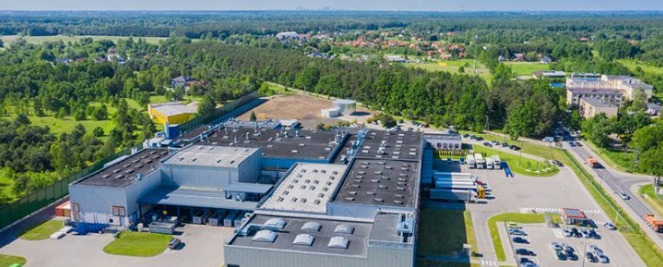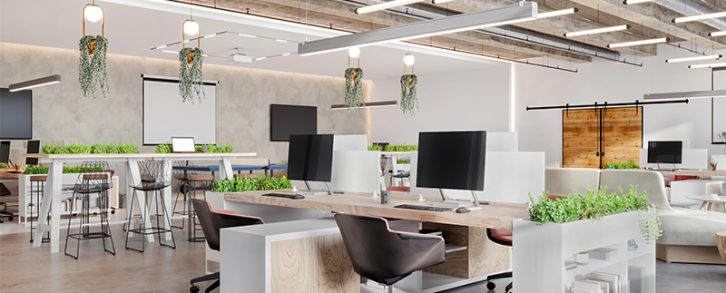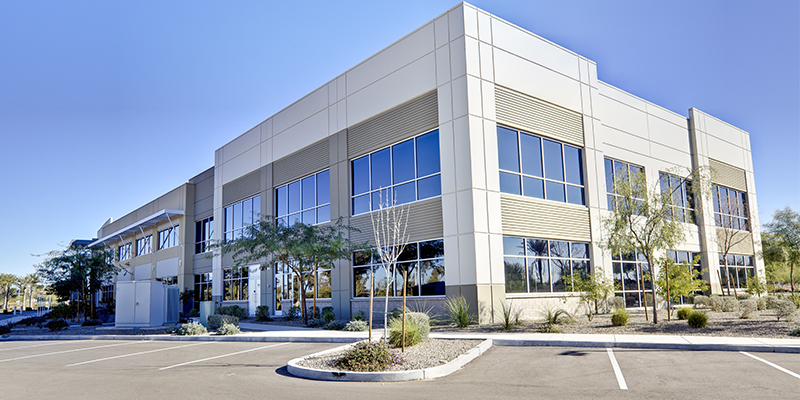NAIOP is partnering with RCLCO | CEL Compensation Advisors to conduct the 2025 Commercial Real Estate Compensation and Benefits Survey. A nationally known real estate advisor, RCLCO | CEL Compensation Advisors, has conducted this survey — the largest in the industry — for 36 consecutive years.
Complete This Survey by June 6
Please note: If your company participated in a recent survey, the prior participants will be sent an email directly from Andrea Schell at RCLCO with a unique link for your company to complete the current survey. No need to sign up again to participate.

















